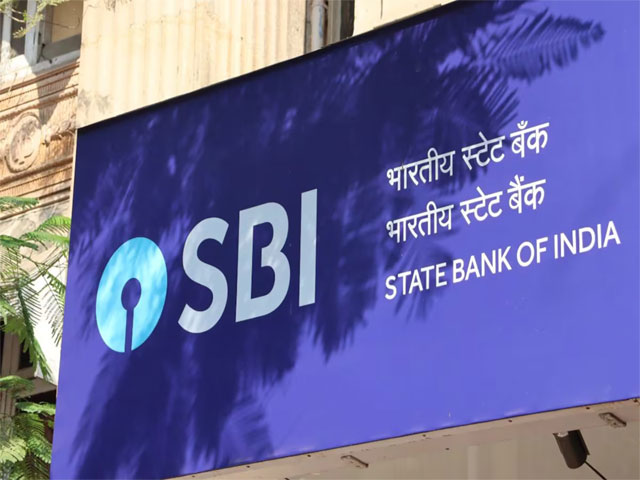Daijiworld Media Network - New Delhi
New Delhi, Aug 16: In a surprising move that runs counter to recent monetary policy easing, the State Bank of India (SBI) has increased its home loan interest rates by 25 basis points, even after the Reserve Bank of India (RBI) slashed the repo rate to 5.5% in a bid to reduce borrowing costs and boost economic activity.
The interest rate band for SBI home loans has now shifted from 7.50%–8.45% to 7.50%–8.70%, with the upper limit impacting new borrowers with lower credit scores the most.

Who’s Affected?
• New home loan applicants, particularly those with low credit scores, will face higher borrowing costs.
• Existing borrowers may not be immediately affected unless their loans are subject to periodic rate revisions under EBLR.
Context: Repo Rate Cuts Aimed to Lower Loan Costs
The RBI has cut the repo rate three times in a row to stimulate the economy and encourage lending. Typically, this leads banks to lower lending rates, benefiting borrowers by making home and personal loans cheaper.
But SBI’s decision bucks that trend, citing pressures on profit margins, especially as a large portion of its loans — around 60% — are tied to the External Benchmark Lending Rate (EBLR), which moves in tandem with the repo rate.
Comparison with Other Public Sector Banks
• Union Bank of India, Bank of India, Bank of Maharashtra, and Central Bank of India are still offering home loans starting at 7.35%, though their upper limits vary and can cross 10% depending on credit profiles.
• However, these banks may follow SBI’s lead, especially if profitability concerns grow.
SBI’s Justification
According to SBI Research, while the repo rate cuts are designed to make credit cheaper, banks are facing margin pressure and may be forced to recalibrate rates to maintain financial health.
"Though lower rates are beneficial for borrowers, lenders may have to strike a balance between affordability and sustainability,” an internal SBI note warned.
Bottom Line:
SBI’s move may dampen the immediate impact of the RBI’s rate cuts for new homebuyers — particularly those with less-than-stellar credit scores — and signals a broader disconnect between monetary policy and retail lending rates. Borrowers are advised to shop around and compare terms across banks before locking in a home loan.